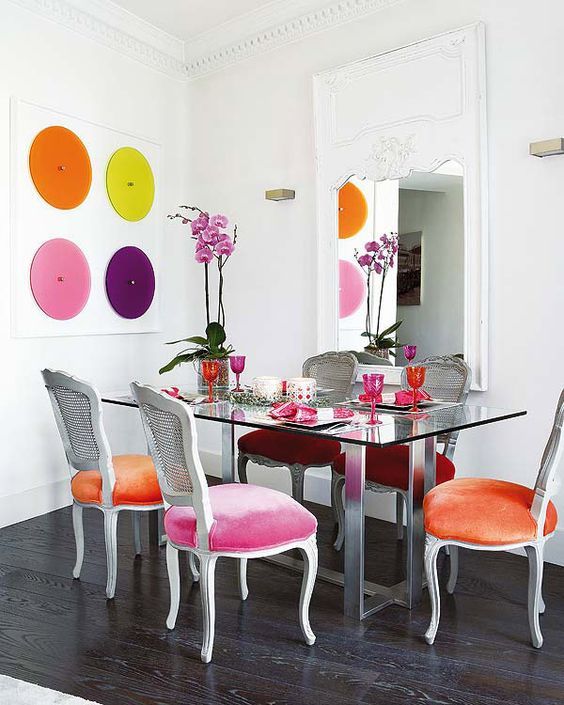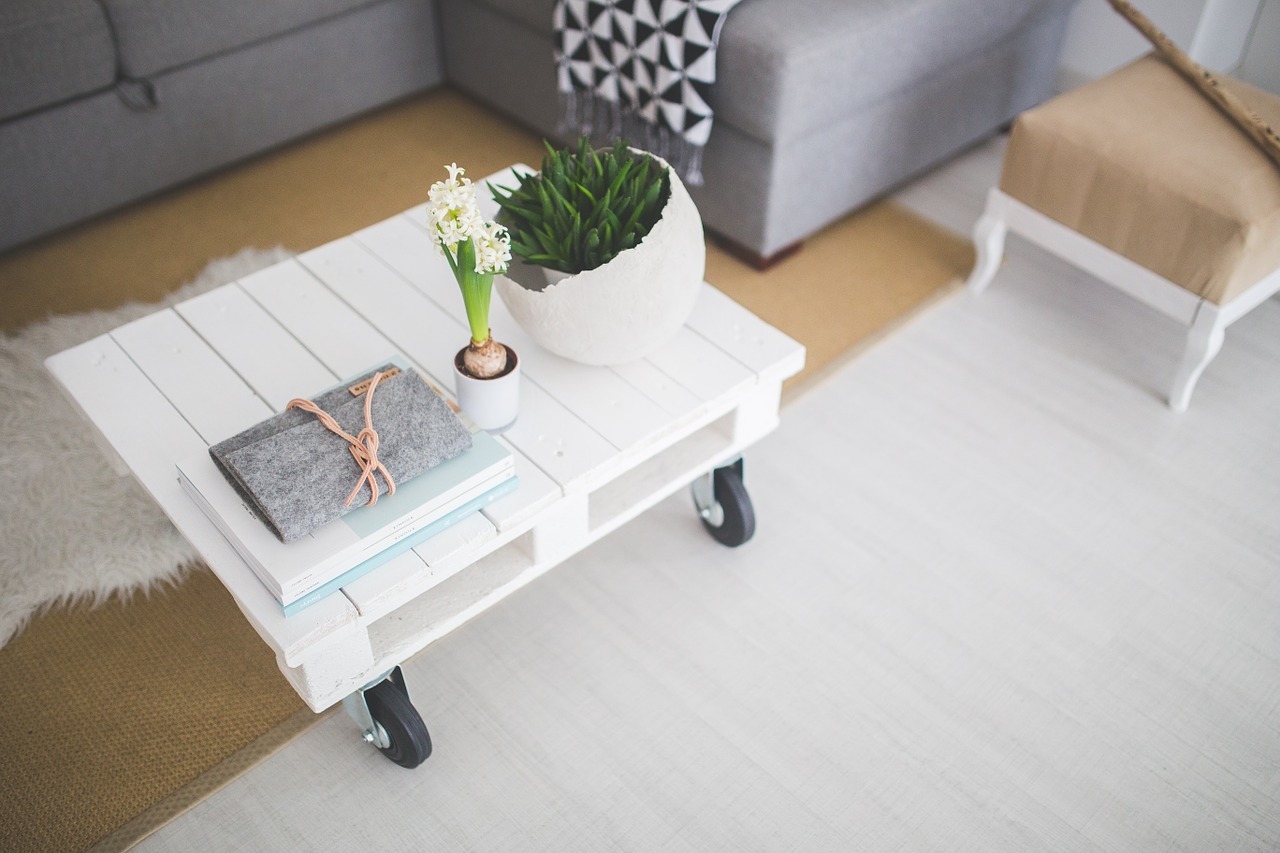Farmhouse Interior Design
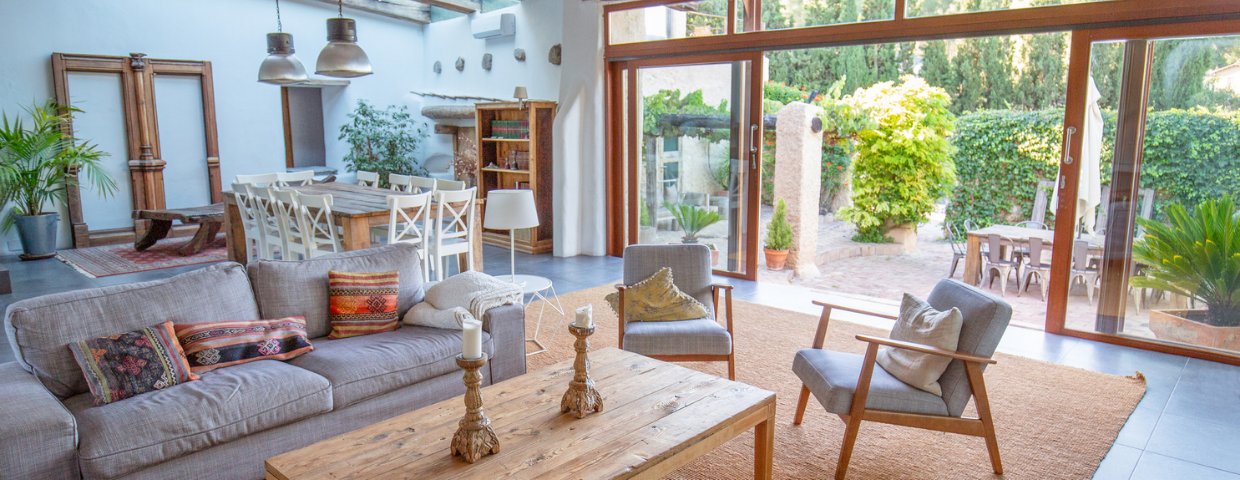
Known for its signature chic comfort, the farmhouse style is a popular method of interior design for homeowners looking to blend elements of modern and traditional design. With a rustic charm at its heart that recalls images of the countryside and wide-open landscapes, the farmhouse style steadily picked up steam in the 2010s and continues to grow in the 2020s. The following information is a guide to understanding the characteristics that make up the farmhouse style and how you can translate them into your home.
What is farmhouse style?
The farmhouse style predominantly uses a white/grey/beige color palette which provides a foundation for complementing elements and brighter colors. Against this clean backdrop, rustic materials can really shine. Exposed wood beams of timber or reclaimed wood, shiplap, and wrought iron are materials typically used help to round out the aesthetic, creating that rural-with-a-touch-of-modern feeling that the farmhouse style is known for. These combinations create a sense of openness and simplicity in the spaces where they’re used. In the kitchen, the farmhouse style feels clean and inviting; in the living room, it beckons members of the household and guests alike to sit back and relax; and in the dining room, it creates the perfect setting for enjoying a meal together.

Image Source: Shutterstock – Image Credit: Breadmaker
How to Decorate in a Farmhouse Style
When it comes to furniture, there are specific choices you can make that will help reinforce your personal farmhouse style. Functionality is a core principle of farmhouse design, exemplified by its use of reclaimed and found materials. When looking at furniture, tune your radar to pieces that are simple and functional rather than ornate and complex. Farmhouse’s warmth contrasts the colder feel of minimalism, so when thinking about texture, know that you’re not bound to selecting only the cleanest possible lines—feel free to experiment! With natural elements like stone and wood already providing a varied blend of textures, you can afford to be bold in your choice of throw pillows, blankets, carpeting, and furniture set pieces.
The farmhouse style will give you license to decorate with antiques and vintage materials. Items like armoires, wooden iceboxes, and vanities will find a fitting home among your complementary decorative items. With a prevalence of wood, choose grain patterns and wood tones that complement each other well without clashing. Clutter can get in the way of the coziness that the farmhouse style naturally evokes, so it’s important to keep your main living areas well maintained to truly let your home’s interior design flourish.
With the farmhouse style, it all comes back to comfort. If you’re looking to make the spaces in your home more comfortable, either fully adopting or borrowing from the farmhouse style may be just the ticket. For more helpful tips on home design, read our blog post on how to upgrade your bedroom:
7 Vintage Design Elements That Are Still Popular Today
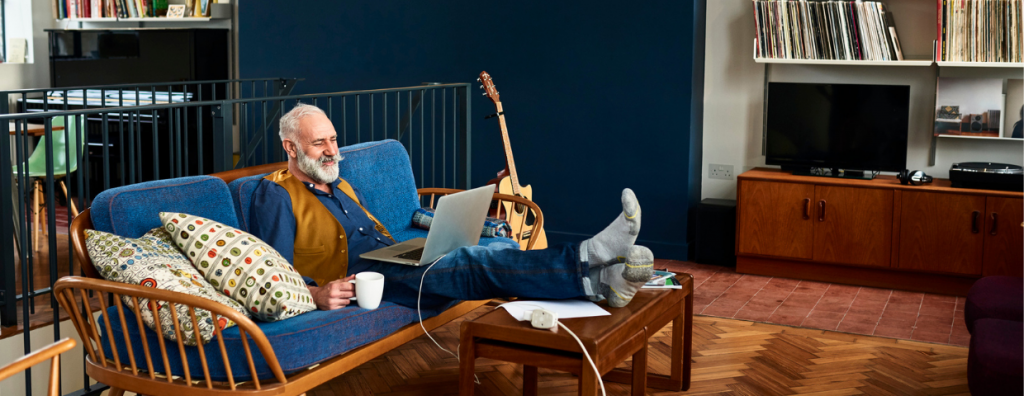
Adding the right touch of vintage décor to your home is a matter of balance. It brings that decades-old, well-traveled quality that gives the spaces in your home a special character. A common concern with vintage décor is that it will make a home feel outdated. Fortunately, certain design elements and trends have stood the test of time.
We tend to think of vintage décor in terms of well-known objects, like shag carpets and Eames chairs, but it is so much more than that. Some of the most iconic design concepts of eras past continue to influence how we design our homes today. From features to furniture, here are just a few that have maintained their popularity with homeowners and interior designers alike.
7 Vintage Design Elements That Are Still Popular Today
1. Built-Ins
The history of built-ins dates back to the Arts & Crafts movement of the late nineteenth century to the early twentieth century. In contrast to the Victorian period that preceded them, the Arts & Crafts designers looked to simplify home design by working features into the structure of the home itself. The clean aesthetic look of built ins, as well as their functionality and the storage they provide, have kept them relevant for decades.
2. Exposed Brick
Exposed brick has maintained its popularity through the years, sometimes used to compliment certain modern design trends, such as Industrial, a common design choice for open-concept, non-traditional living spaces such as lofts. Whether it’s stripping away a wall to reveal a chimney or using it as a backsplash for open shelving, exposed brick creates a vintage lived-in quality. Its natural pattern and textured surface work well as either a focal point or an accent piece in large and small spaces alike.
3. Crown Molding
With roots dating back to ancient Greece, crown molding is both decorative and functional. It provides a visual transition for the surfaces in a room by embellishing the space between the ceiling and wall. It can also be a decorative piece for architectural elements such as bookshelves, doorways, etc. Although crown molding is a small detail, it plays a significant role in tying a room together.
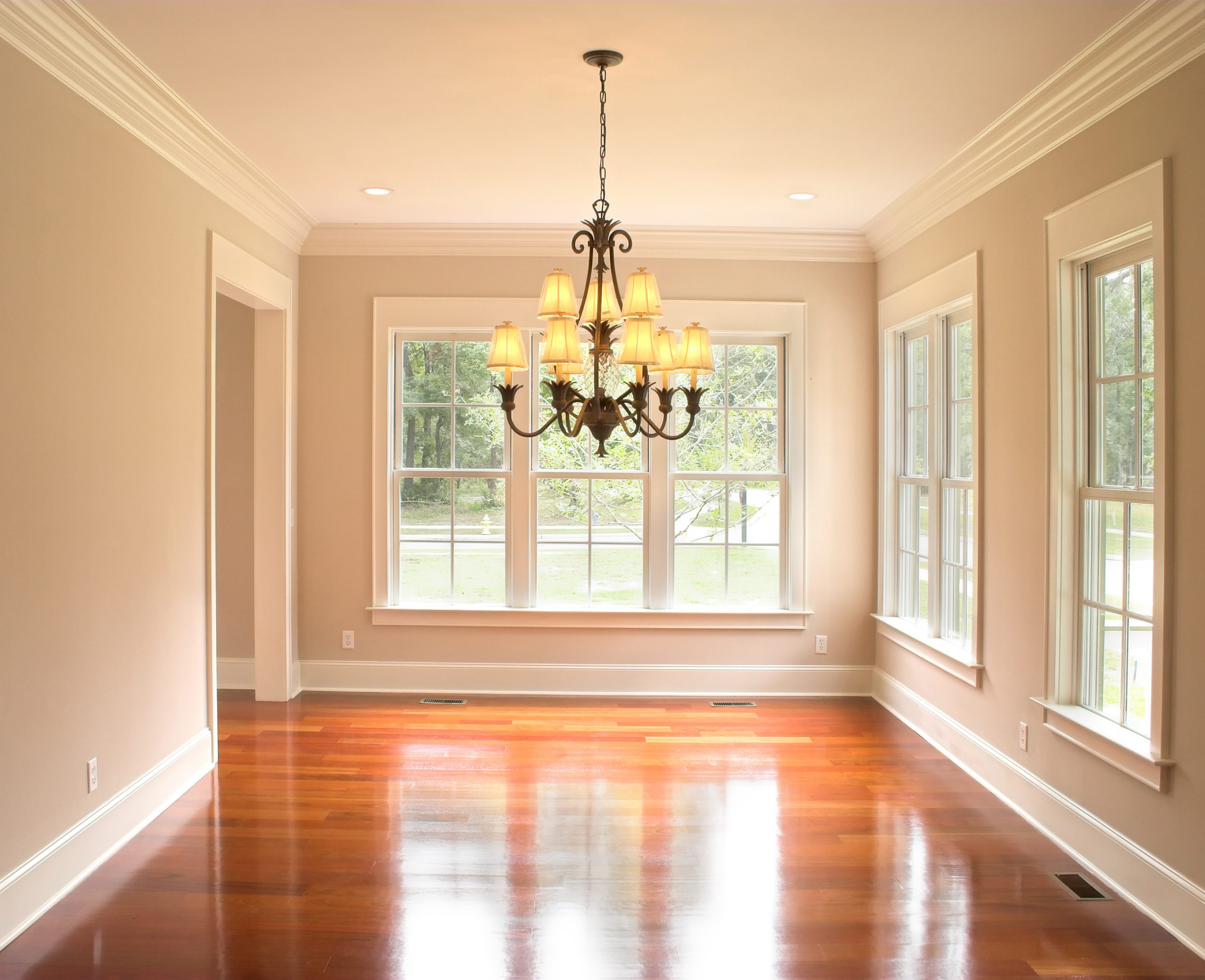
Image Source: Getty Images
4. Marble Countertops
From ancient Rome to the European Renaissance, marble has been widely used throughout history in countless homes throughout the world. Heat resistant and easy to clean, marble countertops have become a staple of kitchens and bathrooms. Due to their large surface area and durability, they are often the centerpiece of kitchen renovation projects. Because marble is porous, it’s best to seal them at the time of installation to prevent damage.
5. Wicker Style Furniture
With origins tracing back thousands of years, wicker-woven furniture is still ubiquitous today. Made from the sturdy and flexible material rattan, wicker furniture is lightweight and weather resistant. It makes for the ideal outdoor patio chair or lounge seat, or the perfect rocker by the fireplace in the living room. A combination of functionality and beauty, wicker furniture’s popularity has showed no signs of slowing down.
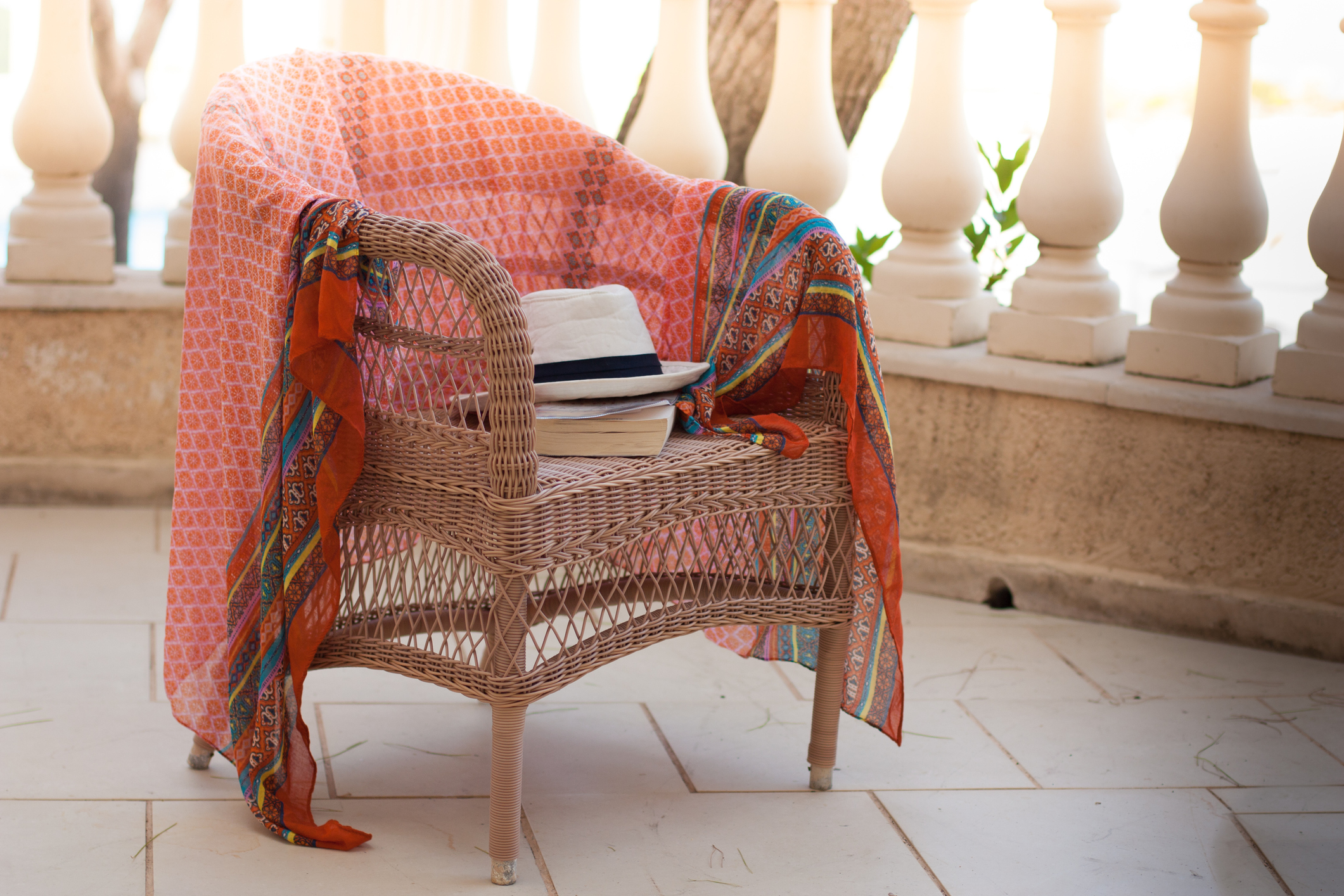
Image Source: Getty Images
6. Checkerboard Tile
Checkerboard tile is a classic element of vintage design, often used on kitchen floors and in bathroom tile work. Designers have always found a way to incorporate this eye-catching black and white pattern into the latest trends. In the home, it can be applied on a large or small scale. If a whole kitchen floor is a bit much for your taste, incorporate it in smaller areas, such as a bathroom backsplash or a backdrop for your shelves.
7. Mid-Century Modern Furniture
The evidence of the Mid-Century Modern (MCM) movement’s relevance is all around us, but in the home, it lives on in its signature furniture pieces. MCM designers took the concepts of modern design—clean lines, minimalism, multi-functionality—and created sleek, interesting furniture pieces that blend into a room and make a statement simultaneously. Common items such as teak desks, Eames chairs, Tulip chairs, credenzas, and raised-legged dressers skyrocketed in popularity during the fifties and sixties. MCM has proven to be timeless, and to this day, its influence can be seen in homes everywhere.
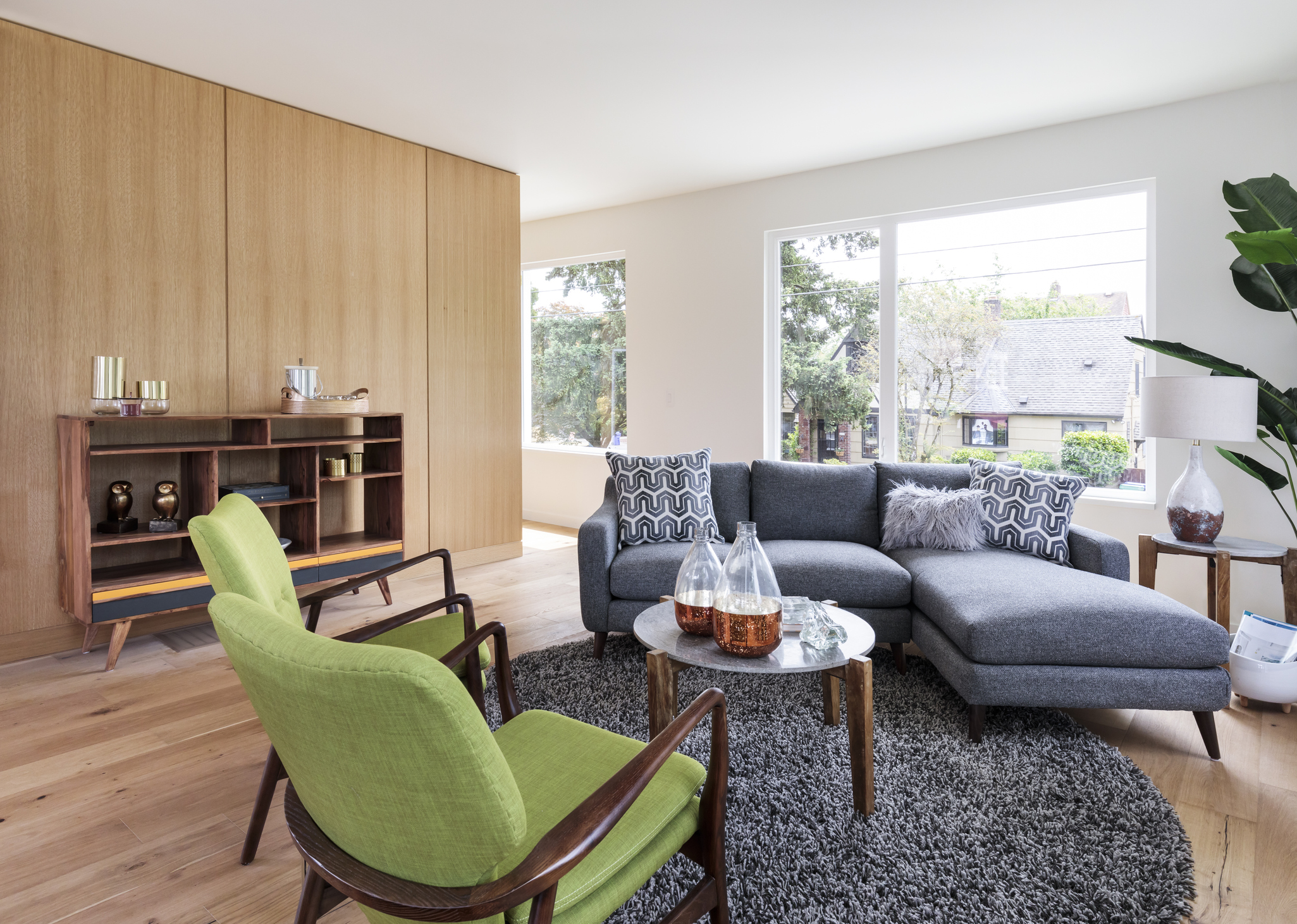
Image Source: Getty Images
For more information on home design styles, check out our Interior Design page on our website.
Ideas for Decorating with Plants
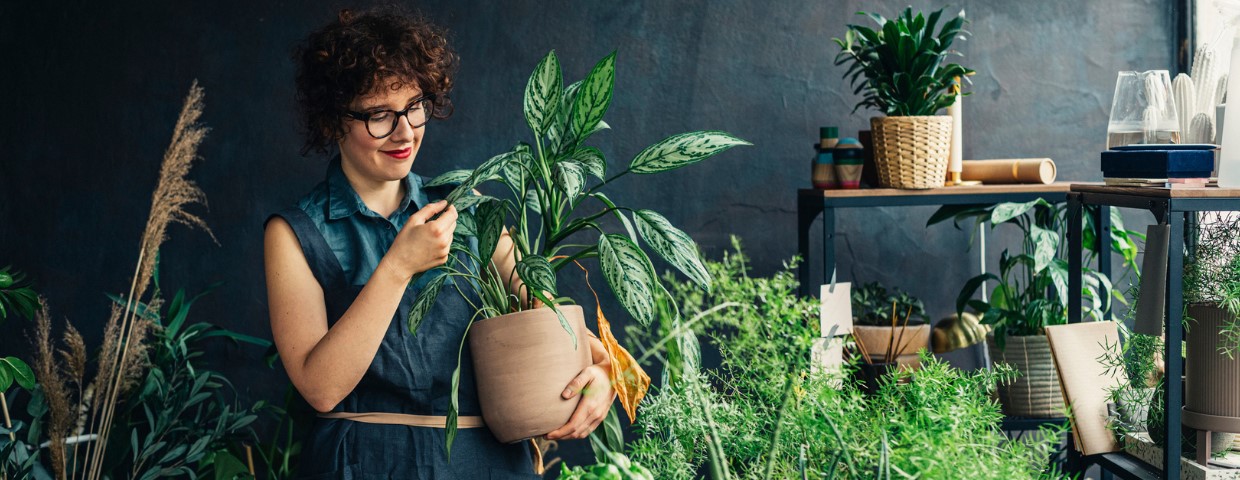
At the mention of interior design, the first things that often come to mind are furniture, wall art, paint colors, and other material components. However, plants are an important décor element that have the power to refresh the look and feel of any indoor space, while making your home eco-friendlier. Keep the following tips in mind when decorating your home with plants.
Consider Your Space
Before you make a trip to the nursery, think about which spaces in your home are best suited for plants. It’s also important to research the needs of the plant varieties you’re considering. By knowing how much shade and direct sunlight they need, you’ll be able to identify the best home for each plant type and the care they need to grow.
Go Vertical
Empty vertical wall spaces provide the perfect opportunity to incorporate hanging plants. Whether you use planters or install shelving, hanging plants attract the eye and bring an organic, living element to what was previously a blank canvas. Hanging herb gardens are a wonderful addition to the kitchen, allowing you to keep fresh ingredients and flavors out in the open air and within reach at all times.
Floor Plants
Floor plants are typically large and require plenty of space. Due to their size, they are often used to balance the proportion of rooms containing large furniture items like couches, desks, and tables. Common floor plants include the fishtail palm, olive trees, the rubber plant, fiddle leaf fig, and bird of paradise.
Low Maintenance Plants
For those who don’t consider themselves to be green thumbs, cacti and succulents are the way to go. Most succulents come from hot climates with little humidity and have thick tissue that stores water for long periods. Accordingly, they are lower maintenance than most other plants and require little watering.
Decorate with Terrariums
Another creative, relatively low-maintenance option for indoor gardeners is a terrarium. Terrariums are contained indoor gardens, usually in a glass container that can be left either sealed or open. Closed terrariums are self-nourishing, creating their own water cycle. Plants that grow in humid conditions are best suited for this environment. Open terrariums provide a good home for plants that need less water, like cacti and succulents. Terrariums make for eye-catching décor, with styles ranging from minimalistic to intricate.
For more information on home design and the latest trends, check out our tips on how to upgrade your bedroom, home office, and kitchen, as well as the 2021 paint color trends and principles of timeless home design.
Choosing the Right Backsplash for Your Kitchen
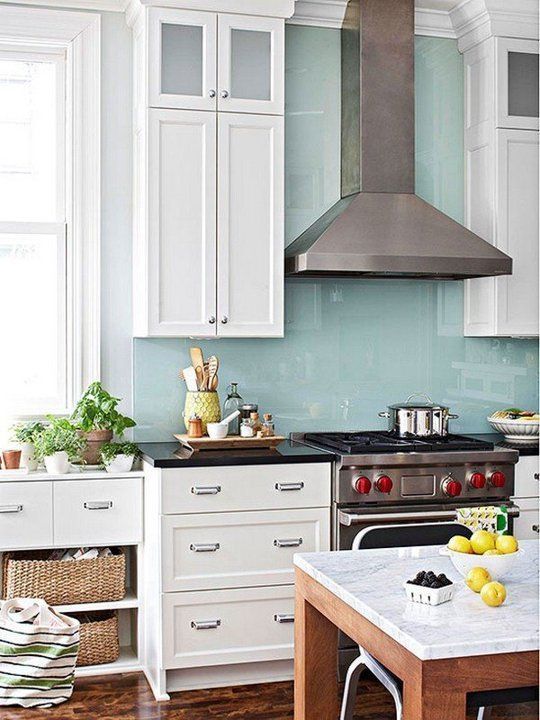
Every chef’s kitchen should have a style that matches the delicious food that comes out of it. But even if you’re doing little more than making mac and cheese out of a box, your kitchen still can be a place of color and creativity. Kitchen backsplashes are nothing new, but they’ve seen a recent surge in popularity. We’re fortunate to see homes every day with creative takes on this tiling trend, so we decided to showcase some popular backsplash designs to serve as inspiration.
Glass Tile

Image Rights – Better Homes & Gardens
- When designing a kitchen, function and flair should work hand in hand. The appeal of glass tiling is that it’s easy to clean.
- Backing up the functionality is affordability. While glass tiling runs more expensive than ceramic, the cost is typically below stainless steel, and even some stones.
- Glass tiling is perfect for those with an artistic flair. Whether it’s simply a splash of color, a full mosaic, or even an intricate design, glass tile lets your inner artist shine.
- While the initial cost may be greater, glass tiling can more easily be found in pre-set sheets, making DIY installation far easier than many other types of tiles.
Ceramic Tile

Image Rights – Kitchen-Design-Ideas.org
- If you need a backsplash that can hold up to consistent use, ceramic tile is a great fit.
- The most cost-effective tile to professionally install, ceramic tiling offers a glazed shine with a variety of color options.
- Creating a clear, simple, ceramic backsplash is a great way to add a colorful flair to your kitchen.
- Between the cost-effectiveness and its low-maintenance nature, ceramic is unsurprisingly the most common type of kitchen tiling.
Metallic Tile

Image Rights – Architecture Art Designs
- Stainless steel is one of the more popular backsplash options for those interested in a metallic finish, but we’re also seeing more aluminum, copper, and bronze tiles.
- The range in metal type obviously impacts the cost, but most metal tiles are much more expensive than their ceramic counterparts – at least $10 per square foot more.
- For that extra cost, however, you’ll receive a sturdy backsplash with a modern sheen that is easy to clean.
- With stainless steel in particular, consistent maintenance is necessary to avoid a dulling of the backsplash’s shine.
Stone Slab

Image Rights – Houzz.com
- Sturdy? Check. Waterproof? Check. Classy? Check. From soapstone to marble to granite to good old-fashioned brick, there is no more low-maintenance backsplash base than stone.
- For the pleasure of acquiring a stone backsplash, you’ll typically pay more than most other materials. Between installation and material cost, the up-front payment can approach $1,000 for less than 30 square feet of wall space.
- With a wide range of stone to choose from, a number of color options are available at varying costs.
- If that upfront payment is manageable, the results will blend both aesthetics and function, and stone’s resiliency makes any follow-up costs minimal.
For an expert DIY challenge, there are many other ways to create a satisfying backsplash that fits your fancy, including vinyl wallpaper, wood, and even beadboard. What’s your dream backsplash style?
Building Character – Balancing a Home’s Personality and Amenities
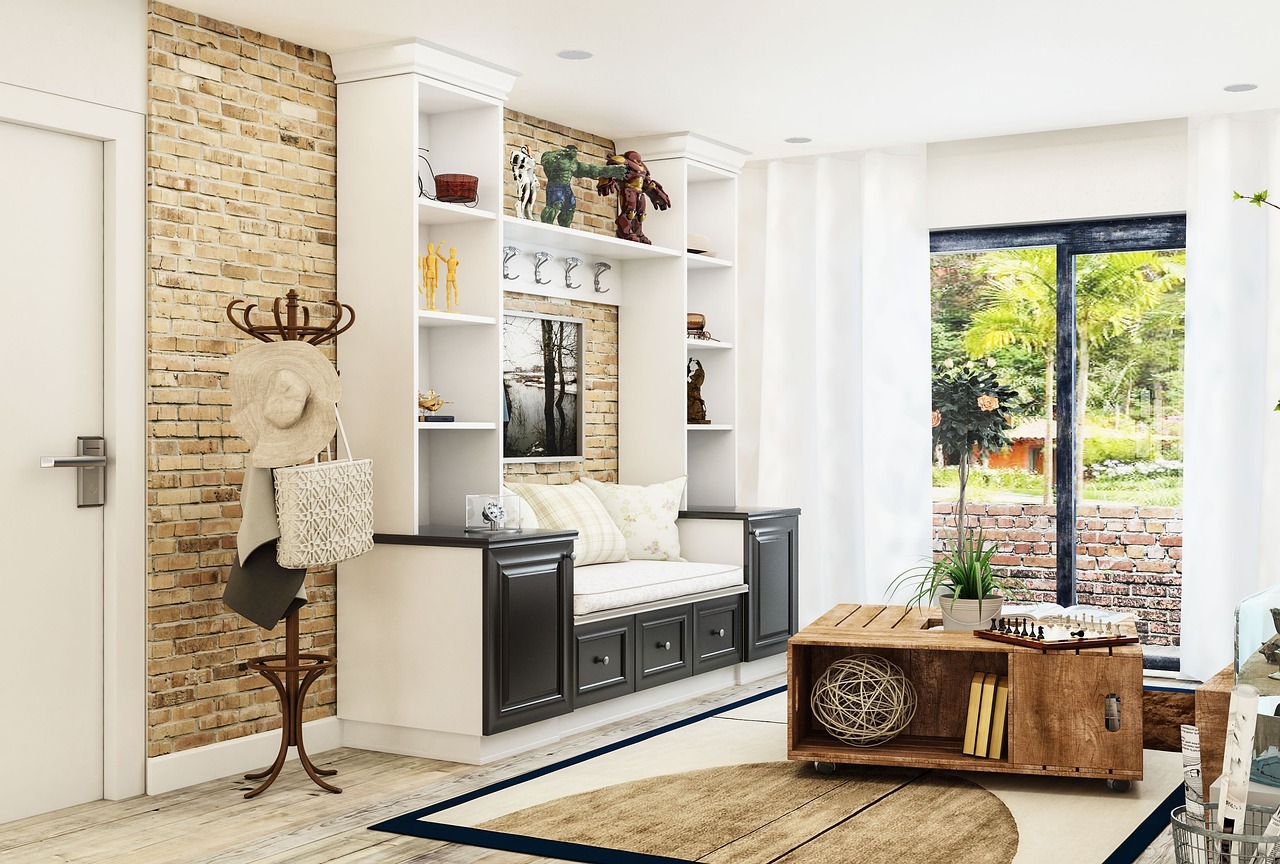

It’s sometimes said that the limitations of a house are what help make it a home. For many, however, it is a point of pride to accept only the finest in their new residence. How can you find the balance between cultivating a lived-in home with personality and quirks versus a house with cutting-edge amenities that improve quality of life? To get to the bottom of that, we gathered a list six keys to consider when selecting and developing the home of your dreams:
The neighborhood
Surprisingly, one of the biggest factors in choosing a new home isn’t the property itself, but rather the surrounding neighborhood. While new homes occasionally spring up in established communities, most are built in new developments. The settings are quite different, each with their own unique benefits.
Older neighborhoods often feature tree-lined streets; larger property lots; a wide array of architectural styles; easy walking access to mass transportation, restaurants and local shops; and more established relationships among neighbors.
New developments are better known for wider streets and quiet cul-de-sacs; controlled development; fewer aboveground utilities; more parks; and often newer public facilities (schools, libraries, pools, etc.). There are typically more children in newer communities, as well.
Consider your daily work commute, too. While not always true, older neighborhoods tend to be closer to major employment centers, mass transportation and multiple car routes (neighborhood arterials, highways and freeways).
Design and layout
If you like Victorian, Craftsman or Cape Cod style homes, it used to be that you would have to buy an older home from the appropriate era. But with new-home builders now offering modern takes on those classic designs, that’s no longer the case. There are even modern log homes available.
Have you given much thought to your floor plans? If you have your heart set on a family room, an entertainment kitchen, a home office and walk-in closets, you’ll likely want to buy a newer home—or plan to do some heavy remodeling of an older home. Unless they’ve already been remodeled, most older homes feature more basic layouts.
If you have a specific home-décor style in mind, you’ll want to take that into consideration, as well. Professional designers say it’s best if the style and era of your furnishings match the style and era of your house. But if you are willing to adapt, then the options are wide open.
Materials and craftsmanship
Homes built before material and labor costs spiked in the late 1950s have a reputation for higher-grade lumber and old-world craftsmanship (hardwood floors, old-growth timber supports, ornate siding, artistic molding, etc.).
However, newer homes have the benefit of modern materials and more advanced building codes (copper or polyurethane plumbing, better insulation, double-pane windows, modern electrical wiring, earthquake/ windstorm supports, etc.).
Current condition
The condition of a home for sale is always a top consideration for any buyer. However, age is a factor here, as well. For example, if the exterior of a newer home needs repainting, it’s a relatively easy task to determine the cost. But if it’s a home built before the 1970s, you have to also consider the fact that the underlying paint is most likely lead0based, and that the wood siding may have rot or other structural issues that need to be addressed before it can be recoated.
On the flip side, the mechanicals in older homes (lights, heating systems, sump pump, etc.) tend to be better built and last longer.
Outdoor space
One of the great things about older homes is that they usually come with mature trees and bushes already in place. Buyers of new homes may have to wait years for ornamental trees, fruit trees, roses, ferns, cacti and other long-term vegetation to fill in a yard, create shade, provide privacy, and develop into an inviting outdoor space. However, maybe you’re one of the many homeowners who prefer the wide-open, low-maintenance benefits of a lightly planted yard.
Car considerations
Like it or not, most of us are extremely dependent on our cars for daily transportation. And here again, you’ll find a big difference between newer and older homes. Newer homes almost always feature ample off-street parking: usually a two-car garage and a wide driveway. An older home, depending on just how old it is, may not offer a garage—and if it does, there’s often only enough space for one car. For people who don’t feel comfortable leaving their car on the street, this alone can be a determining factor.
Finalizing your decision
While the differences between older and newer homes are striking, there’s certainly no right or wrong answer. It is a matter of personal taste, and what is available in your desired area. To quickly determine which direction your taste trends, use the information above to make a list of your most desired features, then categorize those according to the type of house in which they’re most likely to be found. The results can often be telling.
How An Accent Wall Can Bring Everything Together
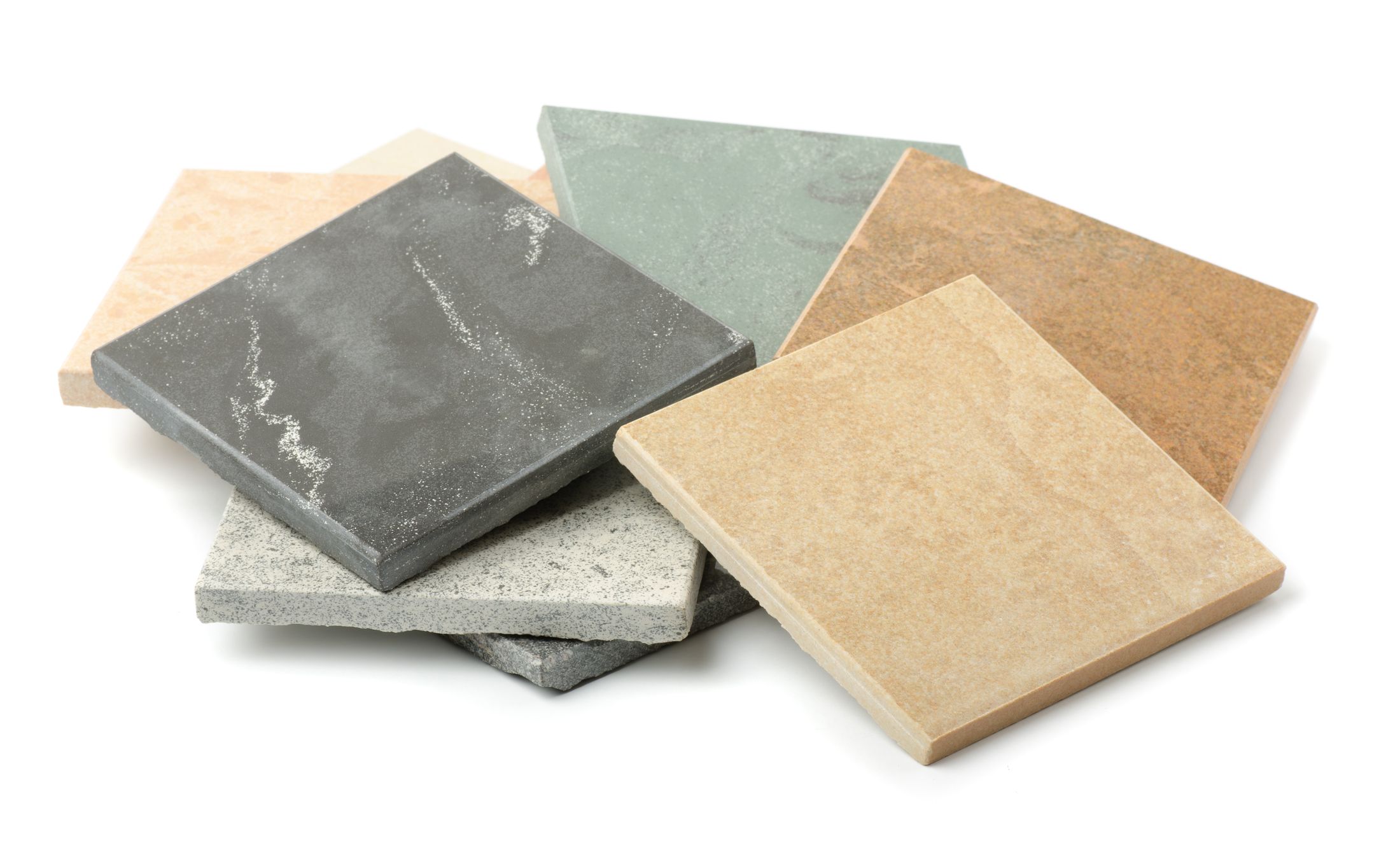

What is it about an accent wall that makes people refer to it as a “wonder wall”?
An accent wall is an emphasized wall in a room that has been designed to attract attention from adjacent walls. The simplest (and cheapest) option to go about an accent wall is by means of paint, though some may opt for wallpaper or tile. Homes with accent walls add a surprise element to a room and define an area of space that deserves attention.
Choosing the right wall
Experts say that the first wall you see upon entering a room is typically the accent wall. In many cases, the wall will have a fireplace or a built-in bookshelf, or something that suggests it is the focal point of the room. In this case, you want to accent that wall by emphasizing the central point with a background color.
Choosing the right color
Color accent walls can add depth and dimension to a room, and make a room seem bigger, warmer, or brighter. If a room is large, consider using warm colors to make the room appear more welcoming, or if the space is smaller, a lighter color can make a room look more spacious. You can visually enlarge or shrink a room by choosing the right color for your room.
Light reflections
Remember to think about how lighting affects the color of a wall. The color you choose may change depending on light sources that reflect on walls. For example, incandescent lights will have a different influence in comparison to natural lighting against walls. Different light sources can affect color choices, so don’t forget to experiment with lighting against colored walls.
Tinting the ceiling
Typically, wonder-walls function independently of the ceiling, as they usually remain white. However, by adding a few drops of the wall color paint to a can of ceiling paint, you are able to slightly tint a ceiling. This subtle color scheme can make for a perfect ceiling finish to compliment an accent wall.
How to do it yourself
Painting an accent wall is an easy home improvement or do-it-yourself project. All that is needed is a short list of low-cost products, including:
-
- Painter’s tape
-
- Paint (with primer)
-
- Tarp
-
- Roller and brush
-
- Putty and scraper
-
- Sandpaper
The directions are simple: tape off the desired wall, spread tarp across the floor, fill any holes or cracks on the wall, sand and smooth out the surface, then paint the accent wall using zigzag strokes.
Painting an accent wall is a great DIY project for anyone to tackle over a weekend or even a few hours. What is your take on the one-wall wonder? Is an accent wall an overstatement, an understatement, or a room well-balanced?
Understanding the Modern Home
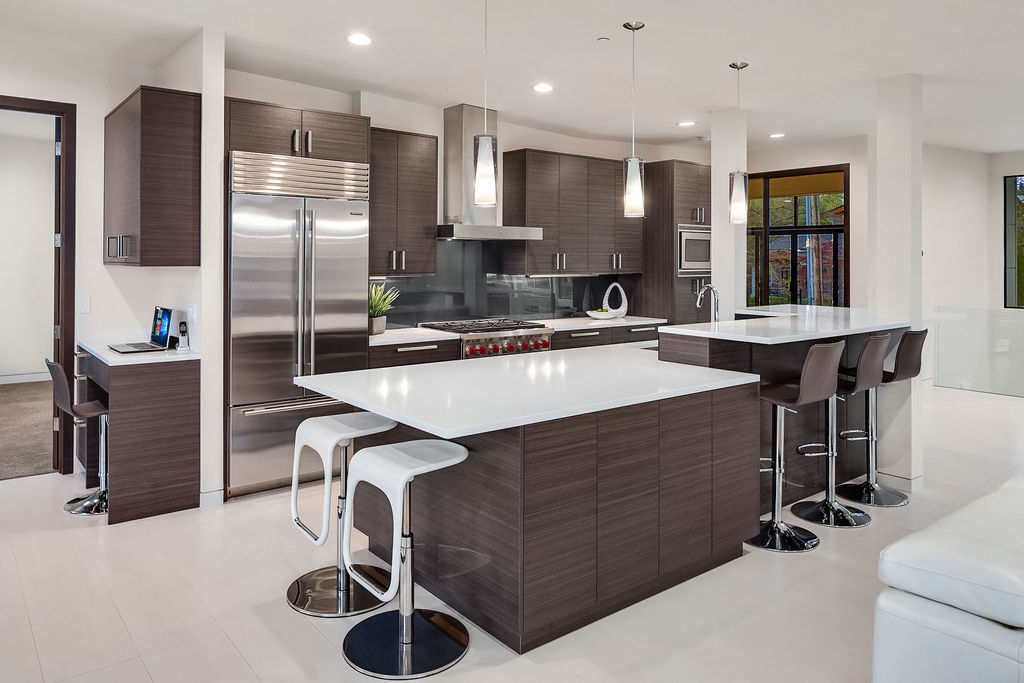

Sleek design, open floor plans, and great natural lighting are all appealing characteristics of modern architecture. Over the years, modern design concepts in home building have become more popular, as is the resurgence of interest in modern real estate. More companies, like 360 modern, are specializing in modern properties. Modern homes vary greatly in style; however, they have some unifying qualities that distinguish them from other properties built over the last 60 years. Here are some characteristics often found in modern homes:
Clean geometric lines: The core of modernist values is the simplification of form. Modernist homes have a very ‘linear’ feel with straight lines and exposed building materials. Furnishings and adornment reflect this value, incorporating vibrant, geometric and abstract designs.
Modern materials: Large windows are abundant in modern architecture, allowing light to fill and expand the interior space, bringing the natural world indoors. Generally, all exposed building materials are kept close to their natural state, including exposed wood beams, poured concrete floors or countertops, stone walls and stainless steel.
Modern homes are well suited for technological and green upgrades, as well including eco-friendly building materials and energy efficient practices. Flat roofs accommodate solar power. Energy efficient appliances work with the aesthetics of modern homes. Modernist landscaping need not require water-thirsty lawns but instead can reflect local flora.
Post-and-beam structure: One classic element in modern architecture is the exposed wood posts and ceiling beams. This style of building has been around for thousands of years; however, modern homes really emphasize the structure, rather than hiding the bones behind drywall. In new modern homes, the post-and-beam structure can be made out of concrete, iron or other materials. The highly visible horizontal and vertical beams reinforce the clean geometric lines of the space.
Low-pitched gable or shed roof: One of the most differential characteristics of modern homes than more traditional home design is the shape of the roof. Classic modern homes on the west coast generally have a flat or low-pitched roof, highly influenced by architect Joseph Eichler. New urban homes also leverage rooftops for outdoor entertaining space.
Open floor plan: Modern design strives to “open” the space by eliminating enclosed rooms. For example opening the kitchen and dining room into an open living space, allowing the ‘rooms’ to flow into one another.
Large windows: Natural light and the incorporation of natural elements are important aspects of modern home design. Large, floor-to-ceiling windows illuminate the open space and highlight the natural landscape. Some new modern homes have adjusted the large windows to open, diminishing the barrier between the indoors and out.
Incorporation of outdoor elements: Frank Lloyd Wright, one of the pioneering modernist architects, incorporated the natural setting into his architecture, most famously with Falling Water. Outdoor elements are incorporated into modern architecture in many ways; through large windows, landscaped terraces, and patios, and through use of natural and organic materials in the building including stone walls, and more.
Minimalism: With open and connected modernist spaces, careful curation of furniture, adornments, and household objects is important to preserving the modernist aesthetic. Generally, modernist homes have art and furniture that reflects the clean geometric lines and the natural materials of the architecture, leaving less space for clutter. Minimalist philosophies of few household items that serve both form and function work well within this design and architectural style.
Home Decor Through The Decades
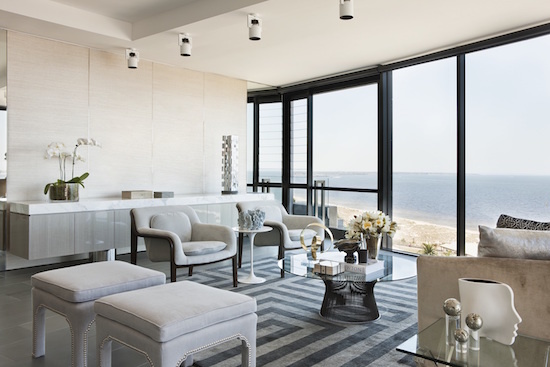

As we celebrate our 45th anniversary here at Windermere, we’re feeling a bit nostalgic. The fundamentals of helping our clients buy and sell homes haven’t changed much over the past 45 years, but the way we decorate our homes sure has. Let’s take a trip down memory lane and explore interior design trends from the past four decades—the good (farmhouse sinks), the bad (macramé owls), and the ill-advised (carpeted bathrooms!).

1970s
Inspired by the hippie movement, interior design in the 1970s centered around bringing the outdoors inside. Wood paneling could be found in bedrooms and basements alike, and wood accents adorned appliances in the kitchen.
Earth tones dominated throughout the house. If your refrigerator wasn’t avocado or burnt sienna and your shag carpet wasn’t harvest gold, you were not keeping up with the times.

1980s
In the 1980s, we wanted to make homes as cozy as possible, which for a lot of folks meant chintz, Laura Ashley–inspired florals, and tons of pastels.
The “country” look gained huge popularity during this decade as well. Even high-rise city apartments were filled with objects that seemed more at home on a ranch in Texas, including bleached cow skulls and weathered-wood dining tables and chairs.

1990s
Perhaps as a reaction to the excess of the decade before, the 1990s saw a rise in Japanese-inspired minimalism. Sparsely furnished rooms with rock gardens, clean lines, and simple colors were all the rage.
On the opposite end of that spectrum was the shabby chic craze. Distressed furniture, soft colors, and oversized textiles combined to create this look.
Texturized walls were also a big hit. Wall paper and paint brushes were out, and sponges became the way to get the chicest look for your home.

2000s
It’s hard to believe, but we’re nearly a decade out from the early aughts. And that perspective makes it easier to spot trends that felt of-the-moment only a few years ago but are waning in popularity today. One example is Tuscan-style kitchens. It seemed every new home—especially homes on the upper end of the market—included a kitchen with stone tiles, granite countertops, hanging vines, and beige and tan tones.
Another popular item from the early 2000s that is now facing a bit of a backlash is mason jars. Once a staple of homes looking to incorporate a rustic feel, mason jars are now so common in decorating both homes and restaurants that they no longer feel special or nostalgic.

Today
Trends are always evolving, but if you’re looking for some cutting-edge interior design ideas for 2018, here are a couple to consider.
Embrace super saturated colors, especially warmer tones like yellow and red. These bold hues no longer need to be saved for accent pieces like pillows or lamps. Larger pieces of furniture and entire walls make a bigger splash.
Incorporate geometric patterns. There’s really no wrong way to get on board with this trend. Whether your couch features large circles, you add patterned backsplash in your kitchen, or you cover your ceiling with octagonal wallpaper, geometric shapes will help your home feel fresh.
 Facebook
Facebook
 X
X
 Pinterest
Pinterest
 Copy Link
Copy Link
